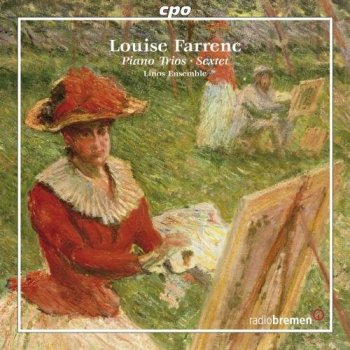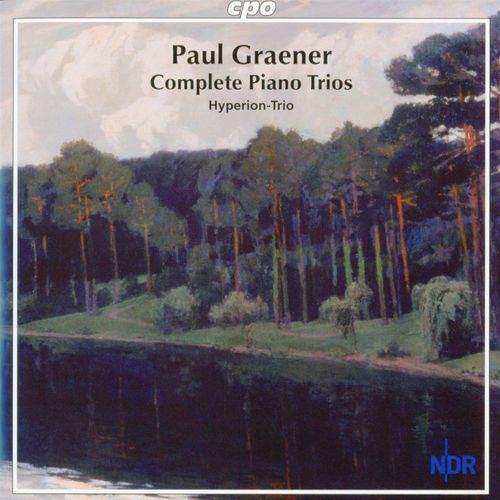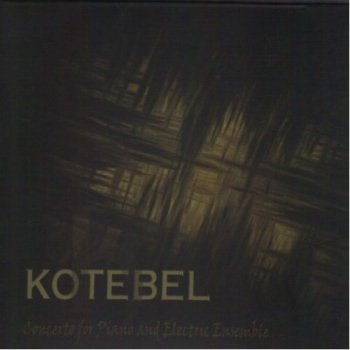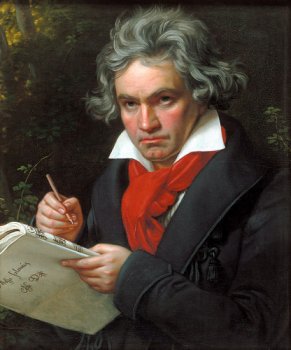Beth Hart - You Still Got Me (2024)
rip by Boris1 Performer: Beth Hart Album: You Still Got Me Label: Provogue Records Catalog #: PRD77222 Style: Blues, Blues Rock Year: 2024 Format: Flac (*image + .cue,log,scans) Bitrate: lossless Covers: in archive Amount of tracks: 11 Size RAR: ~ 461MB Upload: xfile.cloud Recovery: 3% Password: sim-sim You Still Got Me - одиннадцатый сольный студийный альбом американской певицы Beth Hart. Это первый студийный релиз с оригинальным материалом за пять лет после War in My Mind (2019). Альбом еще

Beth Hart - You Still Got Me (2024)
rip by Boris1 Performer: Beth Hart Album: You Still Got Me Label: Provogue Records Catalog #: PRD77222 Style: Blues, Blues Rock Year: 2024 Format: Flac (*image + .cue,log,scans) Bitrate: lossless Covers: in archive Amount of tracks: 11 Size RAR: ~ 461MB Upload: xfile.cloud Recovery: 3% Password: sim-sim You Still Got Me - одиннадцатый сольный студийный альбом американской певицы Beth Hart. Это первый студийный релиз с оригинальным материалом за пять лет после War in My Mind (2019). Альбом еще
05 11, 2024
My Dying Bride - A Mortal Binding (2024)
Artist: My Dying Bride Country: United Kingdom Album: A Mortal Binding (US The ADS Group press. '24) Genre: Doom Death Publisher: Nuclear Blast America Inc. (NBR 7132-3) Quality: FLAC (image. cue. log. full scans) Size: 462.05 Mb Sharing: X-files

My Dying Bride - A Mortal Binding (2024)
Artist: My Dying Bride Country: United Kingdom Album: A Mortal Binding (US The ADS Group press. '24) Genre: Doom Death Publisher: Nuclear Blast America Inc. (NBR 7132-3) Quality: FLAC (image. cue. log. full scans) Size: 462.05 Mb Sharing: X-files
02 11, 2024
Mysteria Mortis - From Fall To Rise (2024)
Artist: Mysteria Mortis Country: Russia Album: From Fall To Rise (CD) Genre: Melodic Death, Metalcore Publisher: Sound Age Productions (SAPCD 561) Quality: FLAC (image. cue. log. cd scans) Size: 301.91 Mb Sharing: X-files

Mysteria Mortis - From Fall To Rise (2024)
Artist: Mysteria Mortis Country: Russia Album: From Fall To Rise (CD) Genre: Melodic Death, Metalcore Publisher: Sound Age Productions (SAPCD 561) Quality: FLAC (image. cue. log. cd scans) Size: 301.91 Mb Sharing: X-files
02 11, 2024
Жанры
Lossless Galaxy Release
Русская музыка
--Поп
--Рок
--Панк
--Альтернатива
--Металл
--Рэп, Хип-Хоп, R'n'B
--Джаз и Блюз
--Фолк
--Шансон, Авторская песня
--СССР
Зарубежная музыка
--Pop
--Rock
--Hard Rock
--Progressive & Art-Rock
--Pop-Rock & Soft Rock
--Instrumental Rock
--Heavy, Traditional, Industrial Metal
--Power, Gothic, Sympho Metal
--Thrash, Speed, Groove, Modern Metal
--Death, Melodic Death, Doom, Dark Metal
--Black, Pagan, Folk, Viking Metal
--Alternative
--Punk
--Disco, Eurodance
--Rap, Hip Hop, R'n'B
--Reggae, Ska, Dub
--Jazz, Blues, Soul
--Folk, Country, Ethnic
--Electronic, Ambient, New Wave
--House, Techno, Trance
Другие жанры
--New Age, Relax, Meditative & Flamenco
--Chillout, Lounge, Downtempo, Trip-Hop
--Drum & Bass, Jungle, Breakbeat, IDM
--Classical / Классическая музыка
--Soundtrack
--Музыкальные сказки
Vinyl Rip
HI-Res / DVD-Audio / DTS
--SACD
--DSD
--DVD-Audio
Сборники Lossless-Galaxy
Альбомы 2022
Альбомы 2023
Теги
1st Press 2022 2023 2024 70... AOR Black Metal Blues Blues Rock Bootleg Series Classic Rock Death Metal Discography DSD Exclusive for Lossless-Galaxy Folk Rock Gothic Metal Hard Rock Heavy Metal Hi-Res Japanese Edition Jazz Jazz Rock Limited Edition lossless Melodic Death Metal Melodic Rock Modern Electric Blues Pop Pop Rock Power Metal Prog Rock Progressive Metal Progressive Rock Psychedelic Rock Rock SACD Symphonic Metal Thrash Metal Дискографии от KoGGaN
 Автор: artmuss, 20 января 2019, Комментариев: 0, Просмотров: 560
Автор: artmuss, 20 января 2019, Комментариев: 0, Просмотров: 560Linos Ensemble - Farrenc: Piano Trios & Sextet (2009)
Artist: Linos Ensemble
Title Of Album: Farrenc: Piano Trios & Sextet
Year Of Release: 2009
Label (Catalog#): CPO [7772562]
Genre: Classical, Chamber Music
Quality: FLAC (tracks +.cue,log,scans)
Bitrate: Lossless
Time: 1:19:02
Full Size: 452 mb
Upload: Turbobit
Title Of Album: Farrenc: Piano Trios & Sextet
Year Of Release: 2009
Label (Catalog#): CPO [7772562]
Genre: Classical, Chamber Music
Quality: FLAC (tracks +.cue,log,scans)
Bitrate: Lossless
Time: 1:19:02
Full Size: 452 mb
Upload: Turbobit
TRACKLIST:
01. Piano Trio No. 1 op. 33 in E flat major - 1. Allegro
02. Piano Trio No. 1 op. 33 in E flat major - 2. Adagio sostenuto
03. Piano Trio No. 1 op. 33 in E flat major - 3. Minuetto. Allegro
04. Piano Trio No. 1 op. 33 in E flat major - 4. Finale. Vivace
05. Sextet op. 40 in C minor - 1. Allegro
06. Sextet op. 40 in C minor - 2. Andante sostenuto
07. Sextet op. 40 in C minor - 3. Allegro vivace
08. Piano Trio No. 3 op. 44 in E flat major - 1. Andante. Allegro moderato
09. Piano Trio No. 3 op. 44 in E flat major - 2. Adagio
10. Piano Trio No. 3 op. 44 in E flat major - 3. Minuetto. Allegro
11. Piano Trio No. 3 op. 44 in E flat major - 4. Finale. Allegro
:: DOWNLOAD LINK ::
Внимание! У Вас нет прав для просмотра скрытого текста.
:: MusicMuss ::
Похожие новости:
Комментарии отсутствуют
Добавить комментарий!
Информация
Посетители, находящиеся в группе Гости, не могут оставлять комментарии к данной публикации.





![Fazil Say - Mozart: Complete Piano Sonatas [6CD Box Set] (2016)](/uploads/posts/2016-12/thumbs/1482667293_1482667086_2.jpg)
